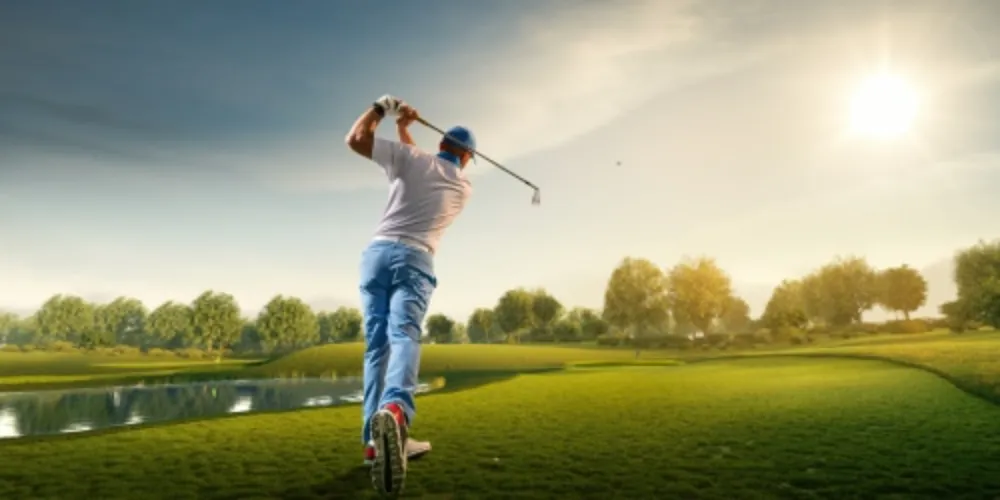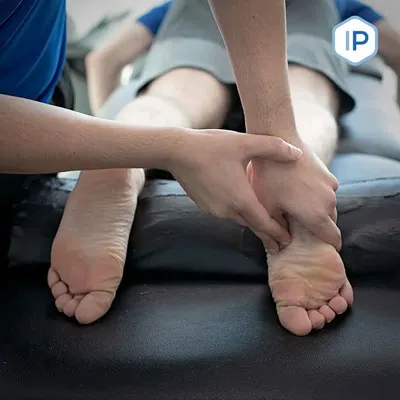Golf Injuries and how to improve your game
The golf swing is an extremely complex and multifaceted movement. From the ground up you require good strength and solid awareness of where your body in the space it occupies. As a result if you struggle with some physical aspects such as flexibility and strength, it can negatively impact your game and also increase your risk of injury.
The typical annual injury rate annually in amateur golfers is between 15-41% (with an estimated 36% of these being spine related pain (particularly the lower back).
As such over the last few years there has been increased emphasis on how physio and strength training can help to not only reduce the risk of injury, but to also improve your golf game.
The most common causes of lower back pain in golfers:
The following biomechanical changes have been shown to be some (NOT ALL) things that can lead to increased levels of pain when playing golf.
- Not using our core strength properly in the down swing – increasing the load in our lower back muscles
- Reduced hamstring flexibility
- Reduced ability to rotate our torso
- LACK of core activation
- Your core muscles play a key role in helping rotate your down swing.
- If this activation is delayed then the muscles in the lower back will
The fix
- Work on core activation exercises – If we can start to develop motor patterns and practice switching these muscles on, we can get them working in your golf swing
- Hamstring flexibility
- If our hamstrings are tight this can lead to an increase pull on our pelvis when we are bent forward leaning over the ball at address.
- This then leads to the muscles in our lower back being left in a constantly taught position which can lead to pain.
The fix
- Start by stretching those hamstrings out. Literature has shown that a weekly total time of 5 minutes in a stretch position is enough to yield some results in muscle flexibility.
- Let’s say you could do 10 minutes stretching a day, 5 times a week. Think of the changes you could generate withing a matter of weeks!
- Reduced ability to rotate our torso
- The more we can twist our trunk and upper body in the golf swing, the more we can utilise our momentum to produce speed.
- If we are unable to do this, we then draw all of this speed and power from the hips. Again placing more stress on the lower back muscles.
The fix
- Improve your ability to rotate through the mid spine!
The issue, as mentioned previously, within golf is that there are so many moving parts at such a high speed it becomes inherently difficult to identify what (if any) of these issues are that are leading to YOUR lower back pain, or other pain elsewhere.
Unless you are either a professional PGA qualified coach, a physio or a professional player, you’re leaving yourself with a tricky task of self-diagnosing.
If you have pain when playing golf and not sure why, the best way for you to understand your issues are to be properly assessed by a physiotherapist or biomechanist who can identify and create a plan that best suits you going forward with your rehabilitation.
Improve your golf swing
When you get to a point when you no longer have lower back pain in your golf swing, we can then use the same principles to improve your golf swing.
All we have to do is ramp up the muscles ability to produce a rapid contraction to make our swing more efficient. The more efficient we can make this aspect of the swing, the higher the club head speed we can achieve, and therefore increase our distance.
The same works in reverse for our follow through as our body works in reverse to control and slow our swing down. This is where most injuries within golf are expected to occur.
To prevent these golf injuries from happening
- we need to practice these movement patterns and increase the ability of the soft tissues and muscles to be able to produce a swing that is sustainable for 4-5 hours of golf without giving you any pain.
- Simple exercises that can be done at home for 5-10 mins a few times a week is enough to help improve these areas.
- Going the step further and seeing a physiotherapist to help you identify where you need to improve not only is an investment in your good health, but also an investment into your golf game.

